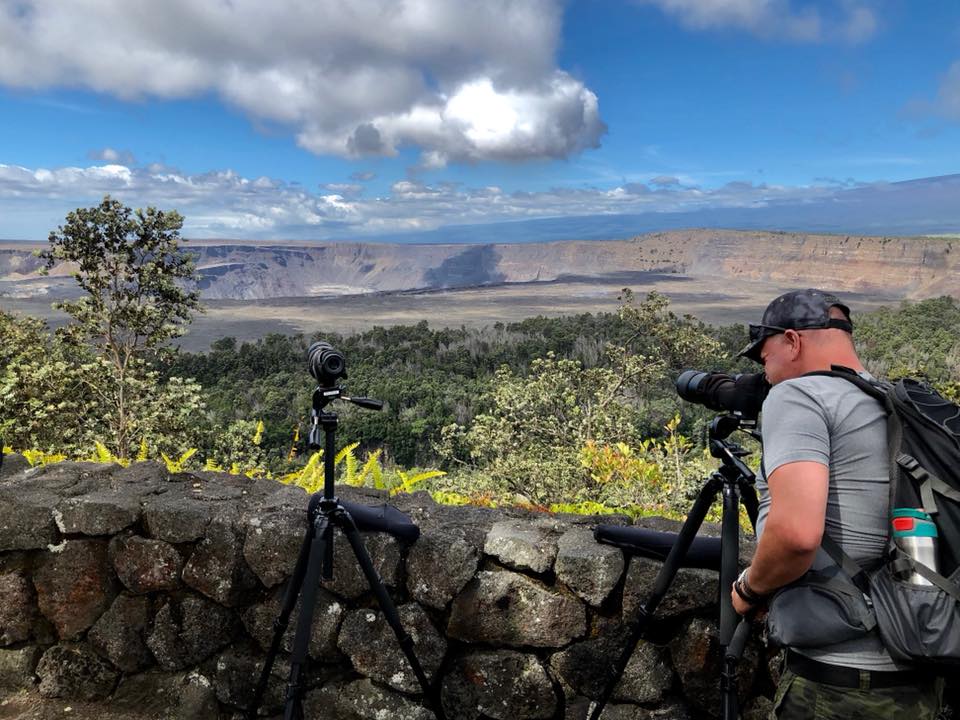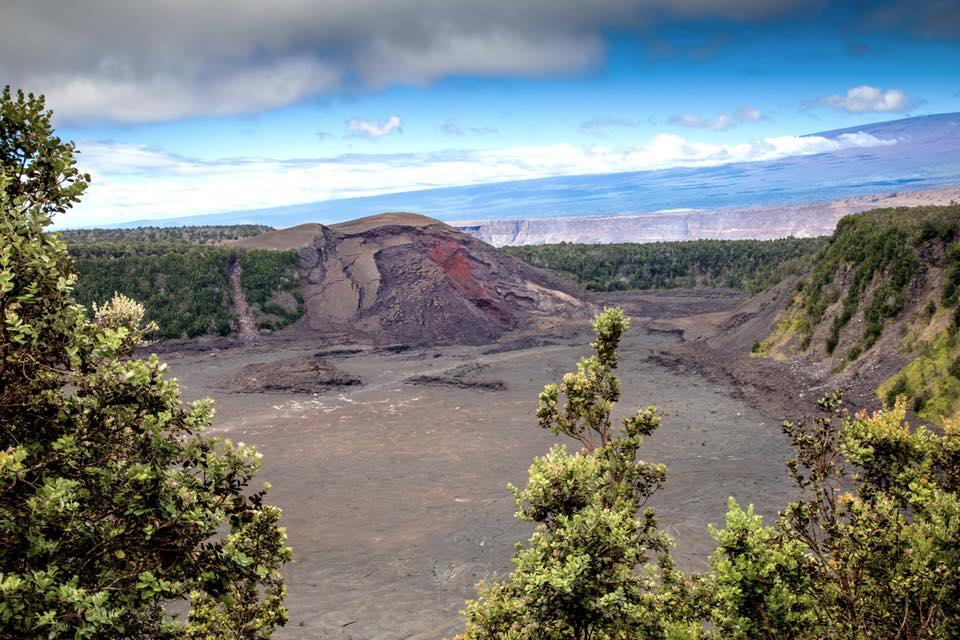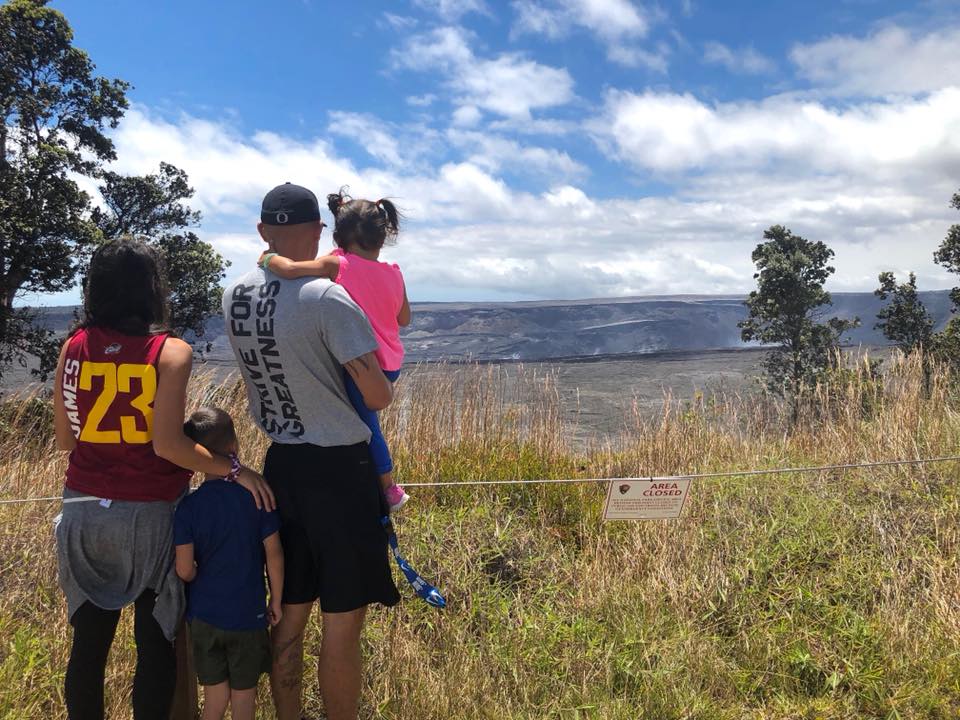Hawaii Volcanoes National Park reopens after 134 days

Photo Courtesy: NPS
Hawaii Volcanoes National Park, which houses one of the world’s most active volcanoes, and the world’s most massive shield volcano, has reopened after being closed for more than four months. Kilauea volcano, one of the world’s most active volcanoes, situated in the park, erupted in May 2018 and caused widespread damage to park infrastructure and dramatically changed its landscape.
The park had been closed for 134 days as volcanic activity caused explosive eruptions, earthquakes and the collapse of the famed Halemaumau crater. More than 15,000 people visited the Hawaii Volcanoes National Park since it partially reopened on September 22, 2018.
The Park, designated as an International Biosphere Reserve in 1980 and a World Heritage Site in 1987, will be open 24 hours a day. However, the visitors should be careful at night because of new cracks in trails and walkways, cautions the authorities.
Kīlauea and its Halemaʻumaʻu caldera were traditionally considered the sacred home of the volcano goddess Pele, and Hawaiians visited the crater to offer gifts to the goddess.

Photo Courtesy: NPS
The main visitor center, located just within the park entrance includes displays and information about the features of the park. Volcano Art Center, located in the original 1877 Volcano House hotel, is listed on the National Register of Historic Places and now houses historical displays and an art gallery. The Jaggar Museum is located a few miles west on Crater Rim Drive, features more exhibits and a close view of the Kīlauea’s active vent Halemaʻumaʻu. The museum is named after scientist Thomas Jaggar, the first director of the Hawaiian Volcano Observatory.
Public access to the volcano remains limited because of damage to its infrastructure. But visitors can hike around some parts of the summit area and see the aftermath of the historic eruption. The crater rim trail is open to a certain point, and from there, visitors can see down into the crater itself. Parts of the park remain closed until further damage assessments and repairs can be made.

Photo Courtesy: NPS
The park has fully reopened Mauna Loa Road to vehicles on October 8, along with Mauna Loa Trail, the 13,677-foot summit and both high-altitude cabins. Permits are required for all overnight backpacking and for the Pu‘u ‘Ula‘ula (Red Hill) cabin and Mauna Loa summit cabin. The park’s backcountry permit office will reopen Monday at 8 am. “Backpackers should be adequately equipped, experienced in wilderness and high altitude trekking, and physically fit,” said the park authorities.



